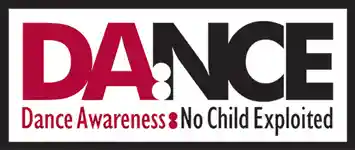WHO WE ARE
We are dedicated to protecting children in dance from exploitation through hypersexualization with education & awareness.
About DA:NCE
Our goal: To bring awareness and education to adults in order to stop the hypersexualization of children in dance.
Meet our Executive Director and Founder – Mary Bawden
Dance educator and author Mary Bawden received a BA in modern dance from the University of California Riverside, a MA in worship (emphasis in dance) from Hope International University in Fullerton CA, and a California secondary teaching credential. Mary began choreographing dance within church services in 1994. In 2003, she founded Soul to Sole Choreography and released a book, Dance is Prayer in Motion, in 2016. The book focuses on an educational approach to use conceptual movement as a communication tool for worship. Several years ago, Mary began to notice the culture around children’s dance moving toward an unhealthy trend: sexualizing children in adult-style costumes, sexually provocative choreography, and music with sexual content and/or themes. Many in the public arena have been slow to recognize this harmful form of child exploitation. Mary’s observation of this unhealthy trend inspired her to advocate for healthy, age-appropriate guidelines to protect children and the art of dance. In 2016, she founded DA:NCE (Dance Awareness: No Child Exploited), a non-partisan organization, to create awareness through the collaboration of credible experts with excellent research to provide free evidence-based educational materials for dance educators, parents, and concerned adults, inside and outside the dance studio.
She has spoken at numerous conferences from NDEO (National Dance Educator’s Organization) to CESE(Coalition to End Sexual Exploitation) Summits in Washington DC. Mary has also been interviewed and written for a wide range of TV, podcast, and radio hosts. In 2019 one article she wrote received over 250,000 views (Read Article). Her organization offers many resources that have researched the damaging consequences of hypersexualizing children in dance including short trailers, videos with national experts, downloadable PowerPoint presentations, an ebook on Healthy Versus Harmful Dance, a DA:NCE newsletter, the Healthy DA:NCE Directory, DA:NCE Coalition and My DA:NCE Why.
Why do dance studios and parents need to change?
Children are becoming increasingly sexualized through dance at younger and younger ages. Studios, dance teachers, and even parents often unknowingly model their movement choices on what they see in the media and pop-culture outlets. The ramifications of this are alarming. A 2012 research study shows that most girls – as young as 6-years old – are beginning to think of themselves as sex objects (Source 1 & Source 2).
Another 2012 study from US researchers Kaitlin Graff, Sarah K. Murnen and Linda Smolak found that people who viewed a photo of a ten-year old girl in highly sexualized clothing (a short dress and leopard print cardigan) rated her as less intelligent and less moral than people who viewed her in less sexualized clothing (Source). In a 2014 study by Marika Tiggerman (Australia) and Amy Slater(UK), they found that children are starting the teenage years four years earlier than they used to. Meaning that girls aged 4 – 10 are engaging with teen culture and exhibiting hyper-sexualized behavior (Source).
The hypermasculinization of boys is just as disturbing. In 2015, evidence-based research from the UK by Dr. Linda Papadopoulos, found that “Hypersexualization of femininity can’t exist without hypermasculinization of males. They feed off and reinforce each other (Source).” The research concluded that the media influenced boys to have distorted relational expectations of girls and to evaluate them with ‘unfavorable and unrealistic’ criteria. Further, Dr. Papadopoulos, and other experts, found that a hypersexualized culture put pressure on boys ‘to act out a version of masculinity’ normalizing a controlled display of power and violence with women (Source 1 & Source 2).
The healthy sexual development of children is being hijacked. The culture invites them to imitate the porn-style dance moves of their favorite stars with masculine and feminine roles defined by media influence. Yet, children do not have the emotional sophistication to understand what they are seeing or doing (Source).
The effects of the sexualization of girls in dance is widespread:
• Body Dysmorphia
• Eating Disorders
• Poor Academic Performance
• Promiscuity
• Teen Pregnancy
• Higher Risk of Abusive Relationships
• Higher Risk of Pornography Use
• Unable to Identify Sexual Abuse
• Mismanagement of Social Networking
• Promotes Rape Culture
• Promotes Objectification of Females
• Relationship Wounding due to Constant Comparison
• Co-Dependence
• Desensitization
(Source)
Boys have many of the same negative effects as girls when they are hypermasculinated including body
dysmorphia, depression, eating disorders, rape culture and violence (Source 1 & Source 2).

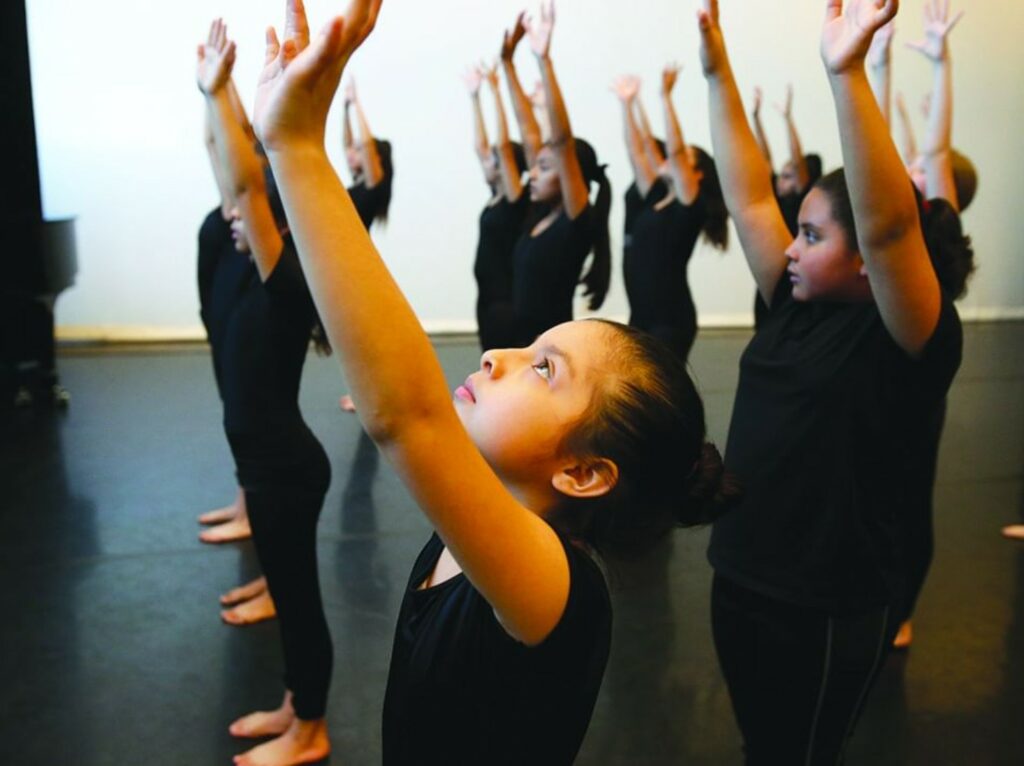
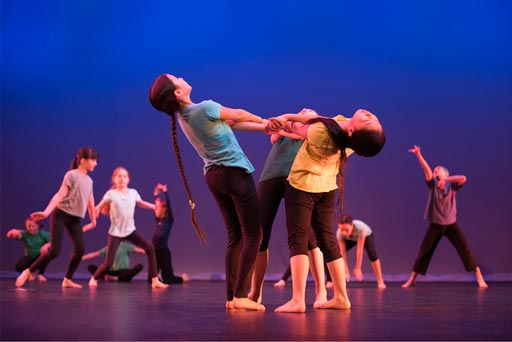
DA:NCE Mission and Vision
Children deserve to learn and experience the gift of dance in safe environments that do not sexualize and/or exploit them.
Children deserve to love dance, their bodies, and themselves.
Children deserve to be protected from sexual exploitation.
Mission: To bring international awareness and education to stop the exploitation through hypersexualization of children in dance.
Vision: To promote the art of dance and its benefits to children by creating educational materials that advocate for their safety and protection in all dance environments.
The Educational Objectives of DA:NCE
To protect children from exploitation through hypersexualization in adult costumes, choreography, and music, and to protect the art of dance.
To provide free research materials to give adults informed choices regarding children’s dance and tools to identify the differences between healthy or harmful dance.
To engage in respectful conversations about the harmful impact to young children from hypersexualization and hypermasculinization without shaming/demonizing adults or dance studios so there is a path for reflection and changed perspectives.
To communicate the dangers of hypersexualization of children in dance and its connection to the public health issue of pornography with non-partisan engagement.
Supporters
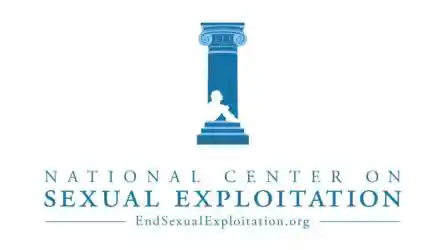
National Center on Sexual Exploitation
Marcel Van der Watt, Ph.D. – President
Haley McNamara – Senior VP of Strategic Initiatives and Programs
Dani Pinter, Esq. – Senior VP and Director of the NCOSE Law Center
Benjamin W. Bull, Esq. – Senior VP and General Counsel in the NCOSE Law Center

Anne Green Gilbert
Anne Green Gilbert is the Founder of Creative Dance Center, Kaleidoscope Dance Company and the Summer Dance Institute for Teachers based in Seattle, WA. Anne is the author of three dance textbooks and three instructional DVDs focusing on Brain-Compatible Dance Education and BrainDance.
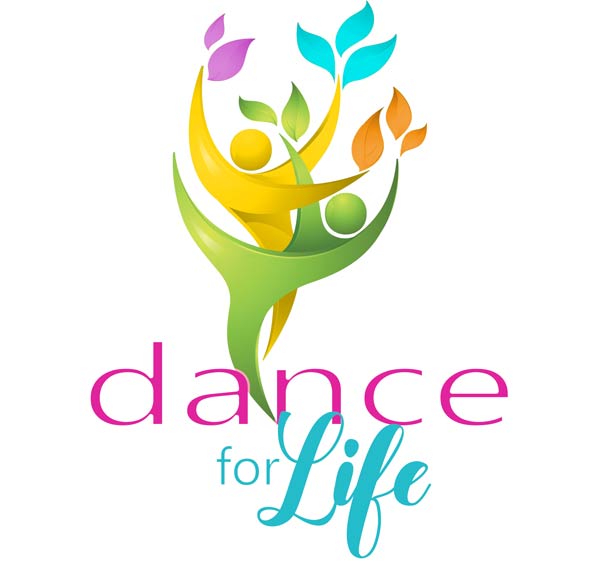
Dance for Life
Our mission is to bring awareness to suicide and its root causes, implement preventive programs and events, eliminate the stigma of mental health and increase access to mental health resources through dance and the performing arts. We support Dance Awareness No Child Exploited in the non-sexualization of children in the dance arts and the effects such sexualization has on mental health.
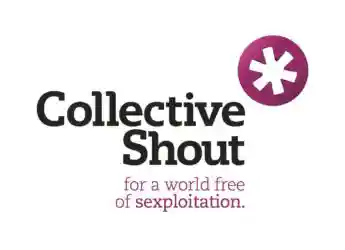
Collective Shout
Collective Shout is a grassroots campaigns movement against the objectification of women and the sexualisation of girls.
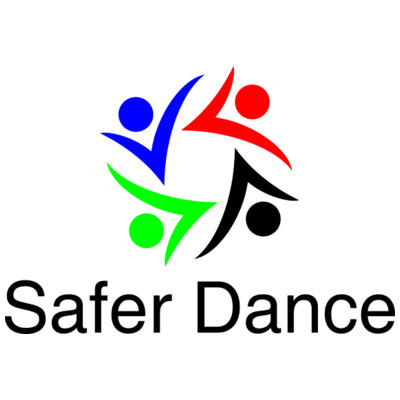
Peter Flew
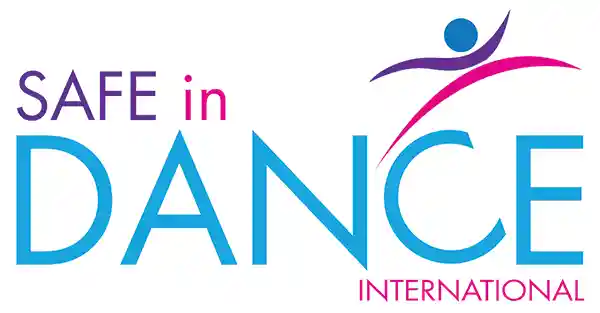
Maggie Morris

Glorify Performing Arts
Glorify Performing Arts exists to present compelling, professional productions to encourage and empower Christians in their walk of faith, inspiring them to step forward boldly to impact the world. GPA is committed to developing art that is high in quality, maintaining strong standards for creating content that does not exploit the human body but instead showcases the beauty of the arts in a safe environment.
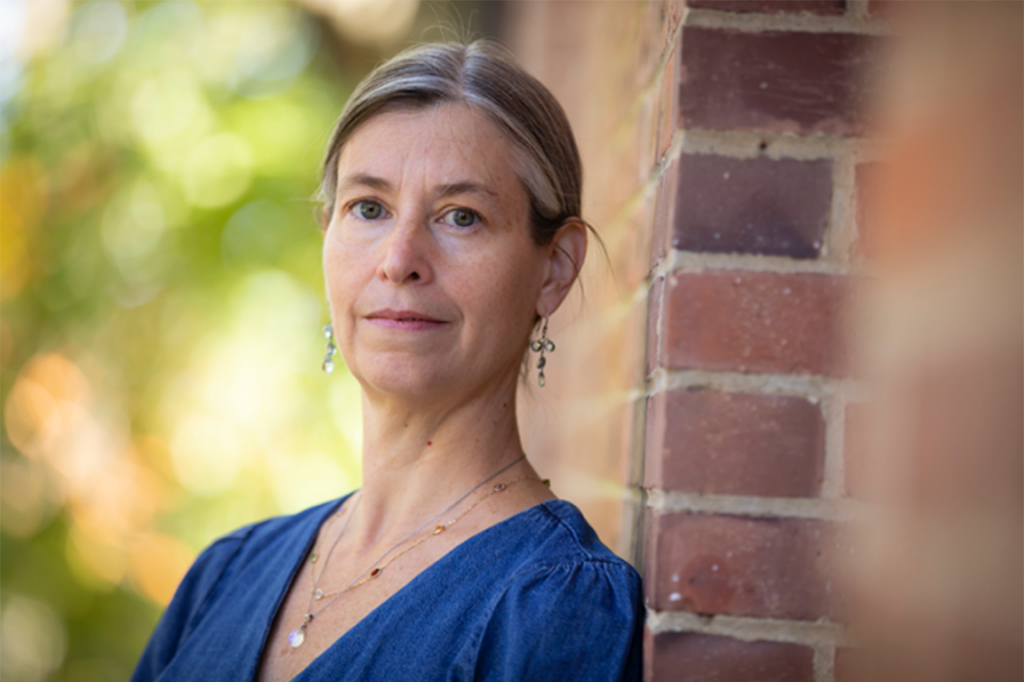
Heather Harrington
Heather Harrington is a dancer, figure skater, choreographer, educator, and researcher. She is on the faculty at Kean University and Drew University in New Jersey. She danced with the Doris Humphrey Repertory Company, Martha Graham Ensemble, Pearl Lang Dance Theatre, and Bella Lewitzky Dance Company. In 1999, she created the Heather Harrington Dance Company, performing nationally and internationally.
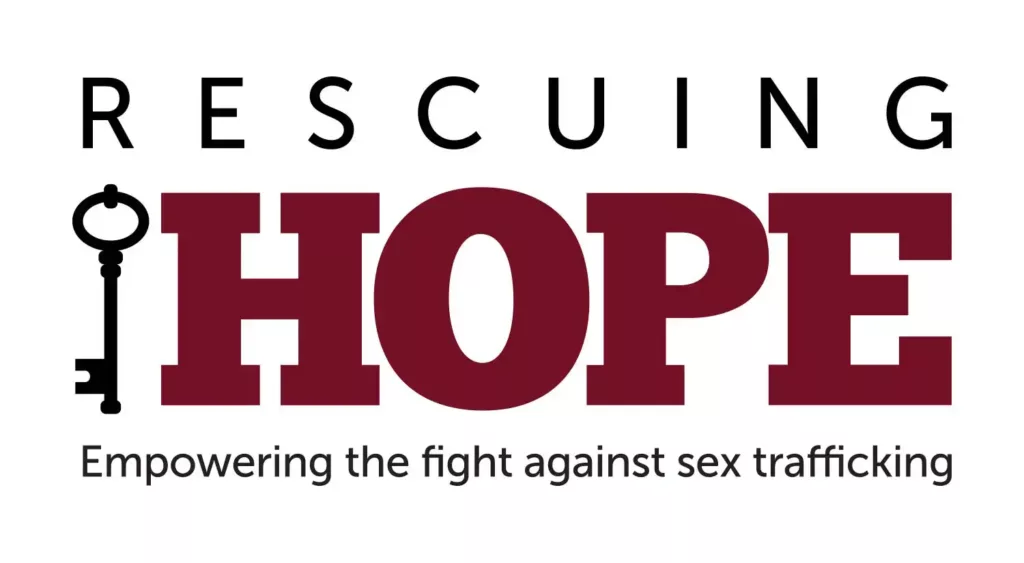
Rescuing Hope
Rescuing Hope’s vision is to eradicate sex trafficking. Our mission is to enlighten the public about sex trafficking in America, educate potential victims and first responders, and empower advocates and survivors.

Heidi Olson
Heidi Olson, RN, MSN, CPN, SANE-P is a Certified Pediatric Nurse and Certified Pediatric Sexual Assault Nurse Examiner (SANE), she is also the Founder and President of Paradigm Shift Training and Consulting, which equips healthcare workers with skills to be able to identify and treat victims of trafficking and exploitation.

Kristen Jensen
Kristen A. Jenson is the founder of Defend Young Minds and author of Good Pictures Bad Pictures: Porn-Proofing Today’s Young Kids.

Lynn Monson
Lynn completed Hartford Ballet’s Teacher Training Program, and earned a BA in Dance at ASU. She has worked on revising the Arizona Dance Standards and developing assessments and SLOs for dance. Lynn served as Secretary and President of the Arizona Dance Education Organization (AzDEO) and works as the Executive Assistant.

Danielle Freitag, LADC
Danielle Freitag, LADC, author, co-founding executive director of Action169, is an overcomer of the commercial sex industry. Action169 addresses exploitation and problematic substance use through prevention, intervention, and restoration care services.

Dr. Anne Redelfs
To dance through life, we must be led by our souls.
For help with the steps:
AnneRedelfs.com

Mikhaela Gray-Beerman
Mikhaela Gray-Beerman, MEd, is an anti-trafficking advocate, researcher and educator, and the host of a RogersTV television program on human trafficking called Freedom Fighters: Code Gray, and the Chair of Untied Freedom, an anti-human trafficking committee.
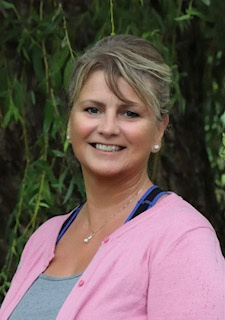
Joanne Gibson Menzies
Joanne has been dancing most of her life with a teaching career that encompasses over 40 years. Her training spans from England to LA California with repertoire in ballet, modern contemporary, jazz, tap and National dance. She is an experienced adjudicator, choreographer and producer of dance productions and dance festivals. Joanne has taught in Toronto and in the Vancouver area for the past 40 years at many schools as well as her own.

Jamie Furness
Jamie Furness is an Australian journalist, dance acrobatics instructor, and former gymnastics coach who has been working with children since 2011. She lives in Brisbane, Australia. Jamie has personally witnessed the problem of child sexualisation growing in her own 13 years as a competitive dancer and instructor.

Tina Sparks
Tina Sparks lives in Queensland Australia and has been a dance teacher for more than 20 years and an adjudicator for over 10. She has a Diploma in Exercise Science, is finishing her Degree in Ministry and is training in positive psychology. Her love of makeup found her creating Stand Out Cosmetics, Australia’s first dance makeup line. Stand Out Cosmetics is helping hundreds of studios, dancers, parents and teachers with their makeup application and encouraging conversations on safe dance practices, anxiety and trauma.

Chasta Hamilton
Orphaned as a child, Chasta found comfort in the creativity, play, and catharsis of the performing arts. Chasta is the Founder/ CEO of Stage Door Dance Productions and Founder/ President of the non-profit Girls Geared For Greatness. She’s also a best-selling author (Trash The Trophies and Handle the Horrible) and speaker (TEDx: You Weren’t Built to Break).

Leslie Bryan
Leslie Bryan was a dance faculty member for the Theatre Arts/Dance department at California State University, San Bernardino teaching dance education and modern dance courses prior to retirement. She has also taught at Crafton Hills College, Riverside Community College, the Coyote Conservatory for the Arts and summer programs at Idyllwild School of the Arts.

Dr. Walter Dekeseredy
Dr. Walter Dekeseredy is the Director of the National Research Center on Violence at West Virginia University, Professor of Sociology, and the Anna Deane Carlson Endowed Chair of Social Sciences.

Dr. Lisa Sandlos
Dr. Sandlos holds a PhD in Gender, Feminist and Women’s Studies, an MA in Dance and is a Certified Movement Analyst (CMA). A faculty member in the School of Kinesiology and The School of Gender, Sexuality and Women’s Studies at York University, Toronto, her research investigates the effects of sexualization on young dancers and public perceptions of dance.

Melody Mendoza
Melody Mendoza has been involved in dance for as long as she can remember and holds a BA in Dance. She has a love for ballet that led her to found Glorify Performing Arts where she is the Artistic Director. She is the choreographer for the resident ballet company that performs full length main stage productions.

Dr. Nissi Hamilton
Nissi is an award-winning Human Trafficking Expert, a doctoral learner, a Veteran, a comedienne, a survivor of human trafficking, and a mother of seven.

Jeanie Osterberg
Jeanie Osterberg was a Pastor of Children’s Ministries for 25 years which included directing children’s theater. She was also an elementary school director, preschool director, professional clown, and historical reenactor. She has been co-director of the OHANA Global children’s ministry since 2012.

Cordelia Anderson
Cordelia Anderson has an MA in Human Development (St. Mary’s University) with a focus on sexuality and sexual violence. Since 1976, Cordelia has been doing a wide range of work to promote sexual health and prevent sexual harm.

Dr. Brook Parker-Bello
Dr. Bello is the Founder and CEO/ED of the award winning More Too Life, Inc. an organization dedicated to ending human-trafficking.

Steven Siler
Steve Siler is founder and director of Music for the Soul, a multi-award winning ministry using songs and stories to bring the healing and hope of Christ to people in deep pain.

Dr. Celina Pina Shemo
Dr. Celina (Counselor, PsyD, LMHC, LMFT), “the Ambassador of Emotional Health” is a counselor specializing in helping people overcome traumatic events.

Fareedah Shaheed
Fareedah Shaheed is the CEO and Founder of Sekuva, where she helps parents and caretakers protect their kids online. She has taught thousands of people online security & safety, has hosted lunch and learns, and has delivered keynotes on the subject.

Marlana Doyle
Marlana Doyle holds a BA in Dance. She has performed as well as being an artistic director, choreographer and dance teacher. She is currently the President and CEO of the Institute of Contemporary Dance.
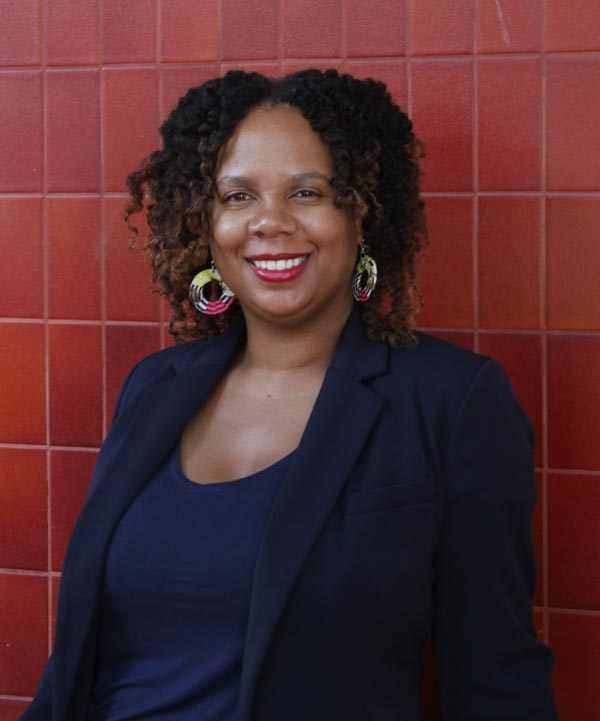
Marlita Hill
Marlita Hill is a choreographer, multi-published author, and 20+ year educator who creates, teaches, writes, mentors, podcasts, and speaks to an international audience in and across the areas of faith, art, and entrepreneurship. She is an Adjunct Instructor and MFA graduate with Belhaven University and showcases her own work and provides master classes, guest choreography, and residencies through the Speak Hill Dance Project.
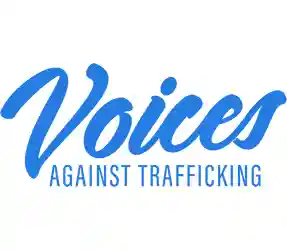
Voices Against Trafficking
Voices Against Trafficking brings together national and international partners dedicated to eradicating the business of profiting in human lives. We are individuals, corporations, survivors, nonprofits, law enforcement agencies, legislators, media outlets and human rights advocates.

Charlene Doak-Gebauer
Charlene Doak-Gebauer is the Creator of the Theory of Digital Supervision for proactive online child protection. Global Speaker.

John-Michael Lander
As an advocate against male sexual abuse, John-Michael Lander is creating a voice through writing and speaking, as well as consulting and helping individuals and organizations identify the signs of grooming, manipulating, and stigmatizing of sexual abuse.
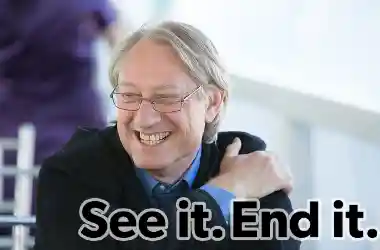
Patrick Erlandson
Patrick Erlandson founder of See it. End it. Film & Arts Festival and Movement using the messaging power of the arts to raise awareness of human trafficking and address the cultural grooming for exploitation occurring through media.

Alvin Winford
Alvin serves as Program Manager of African Network for the Prevention and Protection against Child Abuse and Neglect and was a Fellow at National Center on Sexual Exploitation, Washington DC in 2020. He has worked on lots of anti-exploitation projects in Africa and is presently developing an educational project on public health harms of pornography in Africa.
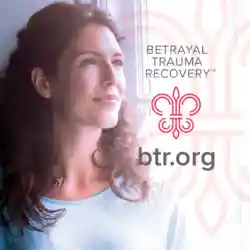
Anne Blythe
Anne Blythe of Betrayal Trauma Recovery

Keenan Kangas
Professional dancer, educator, and youth advocate, Keenan Kangas strives to create dialogues that challenge the status quo.

Donna M. Hughes, Ph.D.
Donna M. Hughes is a leading international researcher on human trafficking. She has completed research on the trafficking of women and girls for sexual exploitation in the United States, Russia, Ukraine, and Korea. She does research and writing on women’s rights.

Dr. John Foubert
John D. Foubert, Ph.D. is Dean of the College of Education at Union University, Principal of Dr. John D. Foubert, LLC, and serves as the Highly Qualified Expert for Sexual Assault Prevention for the U.S. Army.

Heidi Chance
Heidi Chance recently retired from the Phoenix Police Department where she spent over 25 years. She was a Detective in the H.E.A.T (Human Exploitation and Trafficking) Unit for 13 years. She conducted investigations in identifying and rescuing adults and juveniles who were found to be victims of sex trafficking. She has extensive training in forensic interviews of children, identifying abuse and neglect, protecting children online, and working with victims of sex trafficking.

Morrisa Berkley
Morrisa Berkley is a certified life coach and the founder of Love One, a prevention-focused, counter-human trafficking nonprofit dedicated to protecting vulnerable youth and adults through education and community engagement. With a passion for personal growth and resilience, she specializes in coaching individuals in high-stress, emotionally demanding roles, helping them set healthy boundaries, navigate challenges, and achieve their goals. As a wife and mother of two, she understands the importance of balance and self-care. In her spare time, she enjoys reading, running, and going on adventures with her family. Learn more about her coaching services at coachingforyourfuture.com

Katelynn Spencer
Katelynn Spencer is a survivor-leader in the fight against image-based sexual abuse.
Her personal fight for justice began upon finding out that a friend, who groomed her into making a sex video with him, uploaded it and another one she was unaware that he had recorded, onto Pornhub, a global pornography platform, without her consent. The videos had been downloaded, favorited, and commented on – all without her knowledge.

Carol Todd
Carol is a global advocate sharing the voice of her daughter and increasing awareness of bullying, cyber abuse, internet safety, mental health and now more recently, gender based cyberviolence.

Beulah’s Place
Beulah’s Place was founded in 2008, by Andi and her husband Ed. She created a very successful program that provides temporary shelter services to at-risk homeless teen boys and girls using a safe house system. Beulah’s Place has rescued hundreds of teens from trafficking, abuse, abandonment, and other criminally predatory tragedies.
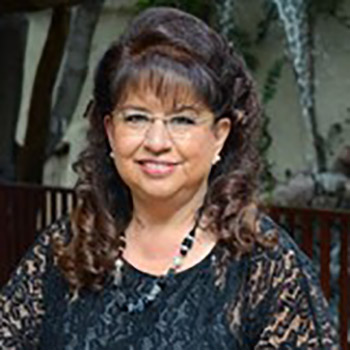
Mary Lynn Mollner
Mary Lynn Mollner has loved the arts all of her life. Mary Lynn has been immersed in local community theater for 40 years. She has served as director, music director, stage designer, costuming director, acting coach and choreographer. She has participated in dozens of shows. Mary Lynn is also a Board Member for Lifehouse Theatre in California. She would like to see the arts, particularly dance, be a source of growth, happiness and joy for children.
CONTACT DA:NCE TO LEARN ABOUT BECOMING A SUPPORTER
Share your story
Write a letter of appreciation, and share how DA:NCE has helped you.
